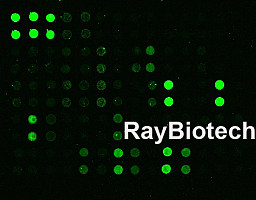High-mobility group box-1 (HMGB1) protein was originally described as a nuclear DNA-binding protein that functions as a structural
cofactor critical for proper transcriptional regulation and gene expression. Recent studies indicate that damaged, necrotic
cells liberate HMGB1 into the extracellular milieu where it functions as a proinflammatory cytokine. Indeed, HMGB1 represents
a novel family of inflammatory cytokines composed of intracellular proteins that can be recognized by the innate immune system
as a signal of tissue damage. Posttranslational modifications of HMGB1 determine its interactions with other proteins and
modulate its biological activity. However, very little is known about how these posttranslational modifications of HMGB1 affect
its extracellular inflammatory activity and pathological potential. These studies can provide more efficient therapeutic strategies
directed against specific HMGB1 isoforms. Therapeutic strategies against these specific HMGB1 isoforms can serve as models
for more efficient therapeutic strategies against rheumatoid arthritis or sepsis. This article reviews the recent studies
on HMGB1 regulation and their impact on the inflammatory activity and pathological contribution of HMGB1 to infectious and
inflammatory disorders.






